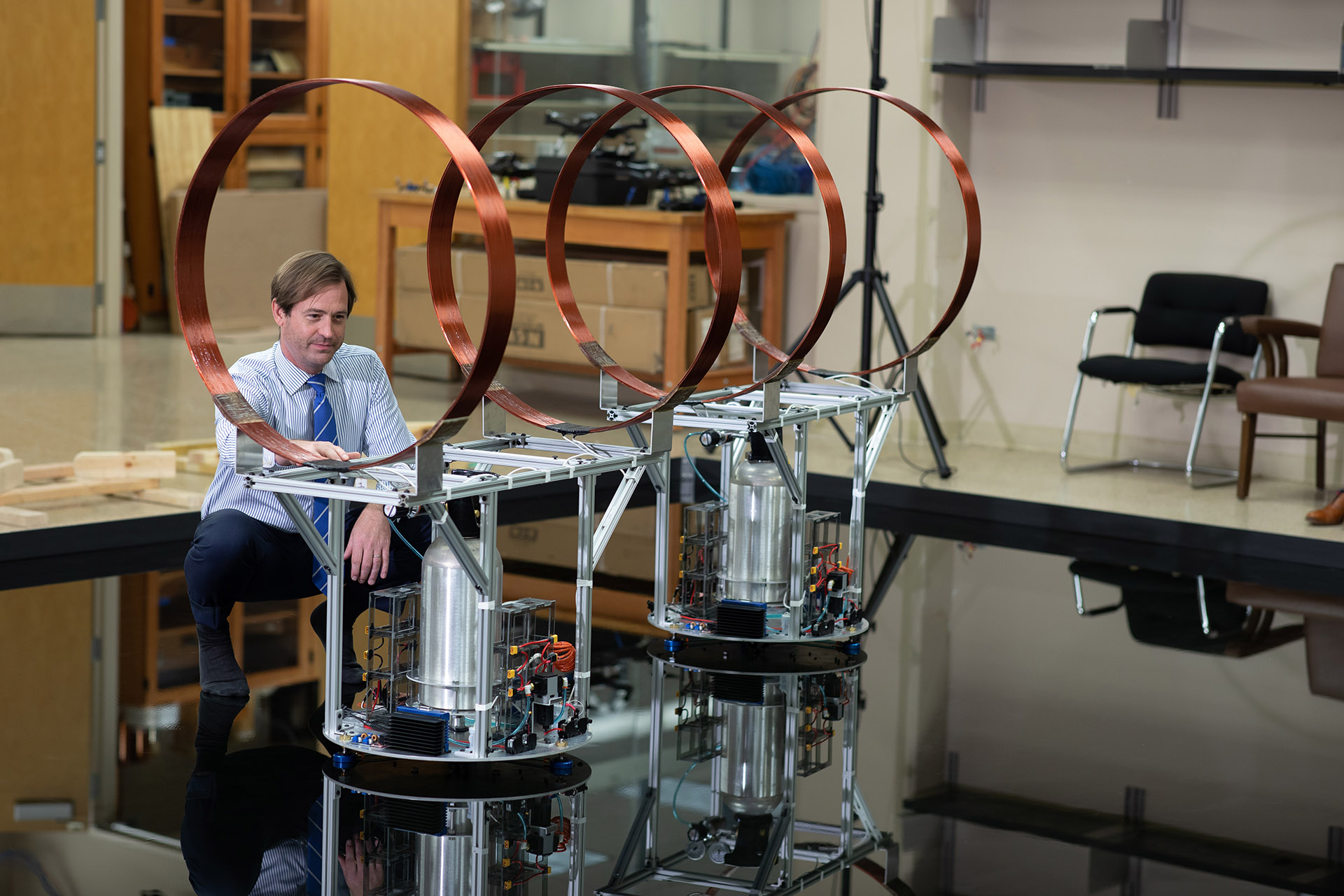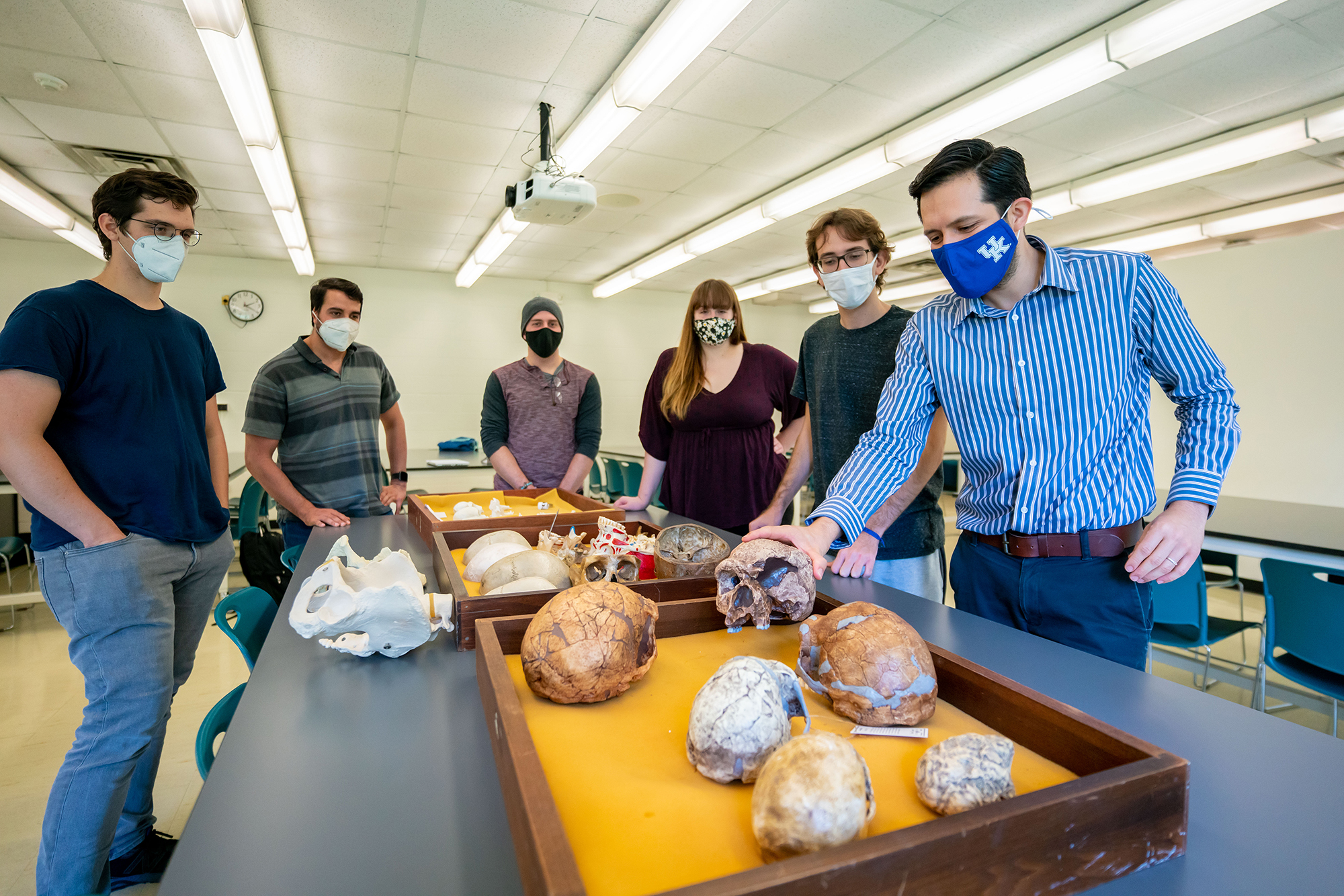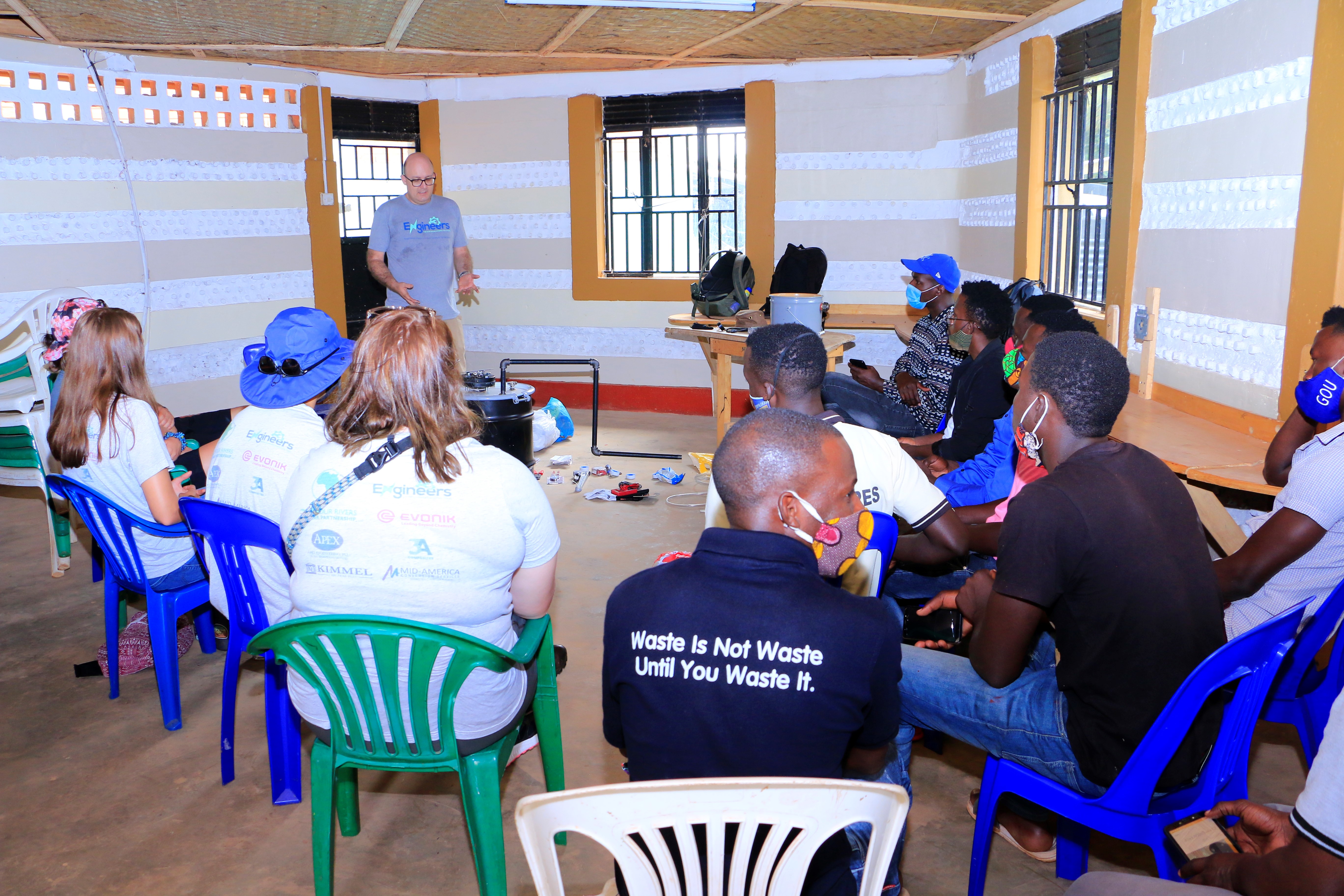What is your lab’s primary research focus?
In general, our work focuses on understanding the behavior of soft materials, primarily at or near interfaces. Soft materials are materials that can be deformed easily. When they become very soft, like gels or putty, mechanical behavior and adhesion approaches that of liquids. This effect becomes even more obvious as you decrease the size. I find this interesting because they are actually considered solids. It reminds me of elementary school when the teacher asks: is it a solid or a liquid? The answer in this case is: it depends on how soft it is and how small it is.
Where do we see soft materials in everyday life?
Soft materials and their interfaces are essentially everywhere. Using these materials successfully requires understanding how to control their interactions with other surfaces and materials. For example, how does your soft contact lens attach to your eye, but not forever? How does your post-it stick to the table, but still come off with ease? How about duct tape, scotch tape, and command strips? This is also important for cosmetics–how does makeup and creams stick to the skin? These are products you use day in and day out.
Do soft interfaces have other applications?
Absolutely! We need to be able to control a surface in order for implants to work correctly, without having stuff stick to them, like bacteria. Other questions we ask include how can we use such interfaces for soft robots, or intelligent skins that can be integrated with the human body? Our bodies, and other organisms too, are made up of soft materials—muscles, organs, brains—and we hope to be able to understand the connection between biological functions and the behavior of interfaces. This may lead to new knowledge on why a cell decides to become a cancer cell or how barnacles can so strongly stick to the side of a ship.
Of course, all of that is a ways down the road. Our current focus is on the fundamental connection between the molecular structure and interfacial behavior of synthetic materials. Those are factors we can control in the lab. Then we can start thinking about more complicated biological systems.
This summer you received $525,000 in grants from the National Science Foundation. How will those grants advance the research we’re discussing?
One of the grants focuses on friction of soft surfaces. For this we are just trying to understand how something slides across a soft surface when that object is small. It seems like a surprisingly simple question, yet we don’t really know. We question whether it slides more like a soft solid, or like a liquid, or some combination of both. With the other, we are developing a collaboration with a colleague at MIT to better understand how soft, hydrogel interfaces behave when their molecules are dynamic, which simply put means that they are continuously linking and unlinking from one another. This should allow for controlling their interfacial properties depending on the time-scale. We hope that both of these projects will push forward our knowledge of how to control soft interfaces.
How did you become interested in this area of research?
As a graduate student, I focused mainly on nanoparticle assembly and solid structures. This got me interested in small stuff. I spent a bit more than half a year living in Paris, working on how these small structures interact with liquids. It’s another world at small sizes—gravity and inertia are often negligible. You have to think differently. I continued my research at Max Planck Institute for Polymer Research in Mainz, Germany, working on a variety of projects from biological cells interacting with soft interfaces, hydrogels bouncing on hot plates and something as simple as how a small point pokes into a soft surface. The underlying theme in all of these projects is soft interfaces. We use them all the time, but there is still a lot we don’t know how to control.



